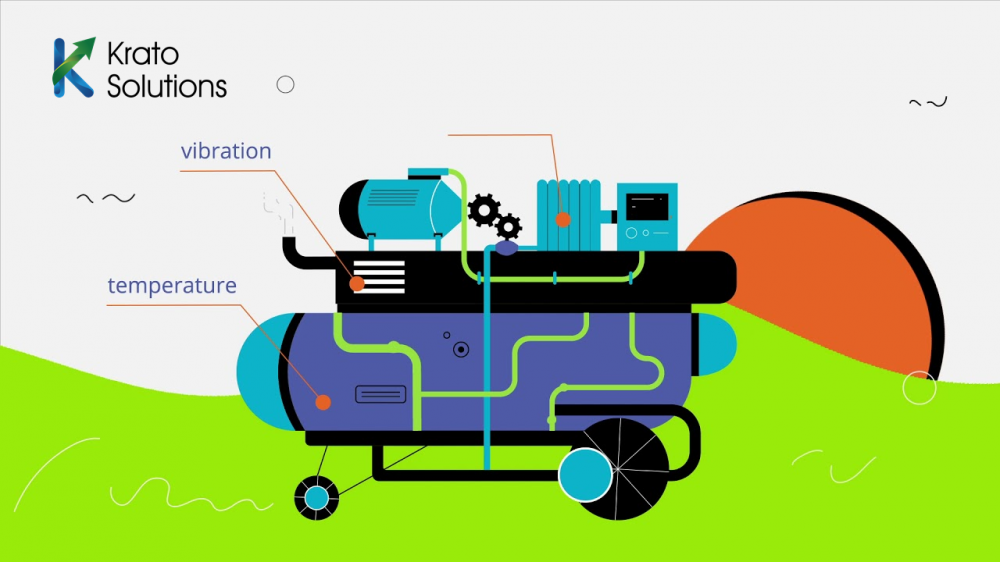Avoiding Equipment Failure-Preventive and Predictive Approaches to Maintenance
By: Kannan Venkatesh - Oct 05, 2019
Averting a system failure before it happens is an ideal scenario for any engineering company. It keeps business ticking smoothly, ensuring the quality and reliability of service. But how is it possible to know something is going to fail? In fact, technology has come a long way in creating innovative solutions that foresee upcoming engineering risks. Two of the current approaches available to avoid failure are predictive and preventive maintenance. When integrated into an organization’s enterprise resource planning system, they can become an effective tool in managing and preventing problems
Preventive Maintenance:
Preventive maintenance is regularly performed on a piece of equipment to reduce the likelihood of failure. Preventive maintenance ensures that anything of value to your organization receives consistent maintenance to avoid unexpected breakdowns and costly disruptions. In the same way you would not wait until your car’s engine fails to get the oil changed, machines, equipment, buildings and anything of value to your organization need consistent maintenance to avoid breakdowns and costly disruptions
Advantages:
• Preventive maintenance is easy to budget for and implement as the required resources and finances will be available.
• It is highly effective at repairing known commonly occurring issues that tend to cause downtime.
• It minimizes the disruption to your business, allowing work to continue as usual, and lowering the cost of failures.
Disadvantages:
• Preventive maintenance focuses on commonly recognized errors only, leaving your company vulnerable to unexpected occurrences.
• The right failures may not be caught at the correct time. Preventive maintenance utilizes a schedule to plan activities, which does not account for unforeseen events that may lead to the system breaking earlier.
Predictive Maintenance:
predictive maintenance is to predict when equipment failure might occur, and secondly, to prevent the occurrence of the failure by performing maintenance. Monitoring for future failure allows maintenance to be planned before the failure occurs. Ideally, predictive maintenance allows the maintenance frequency to be as low as possible to prevent unplanned reactive maintenance without incurring costs associated with doing too much preventive maintenance.
Advantages:
• Efficient at detecting a fault before it becomes critical, all the while not wasting time and money on maintenance that may not be required.
• Increases the operational life of the component by detecting errors early so they can be corrected to avoid additional issues.
• Saves money in terms of only replacing the parts that are required to be replaced, avoid discrepancy between official product life span and its actual one.
• Predictive maintenance allows engineers to identify not only what is wrong but also the root cause of the issue.
Disadvantages:
• The technology doesn’t come cheap; initial and ongoing investments can cost your company a pretty penny to install and maintain.
• Predictive solutions require a certain level of equipment and data which may not be readily available to every company.

Leave a Reply